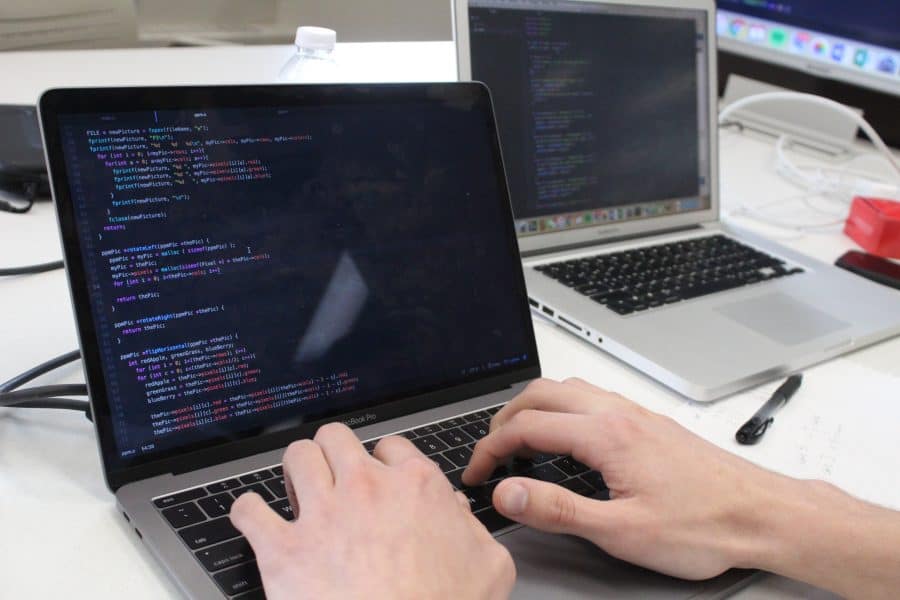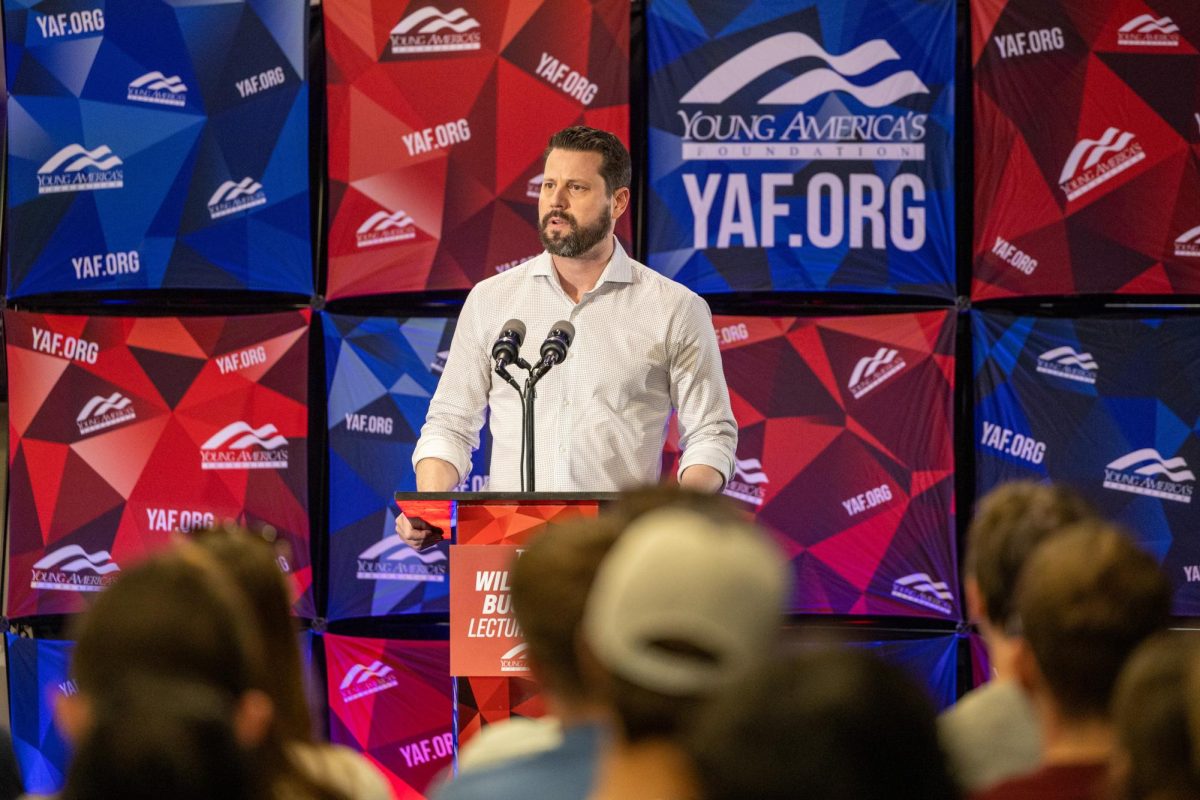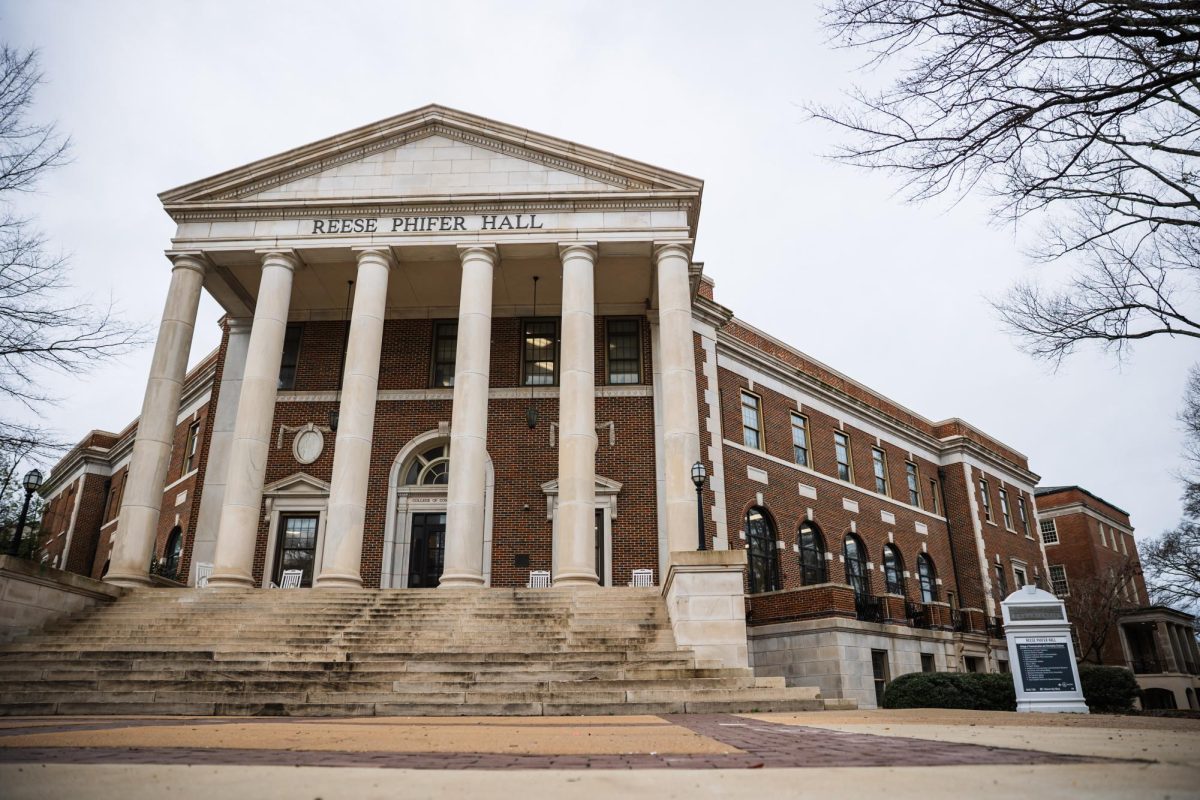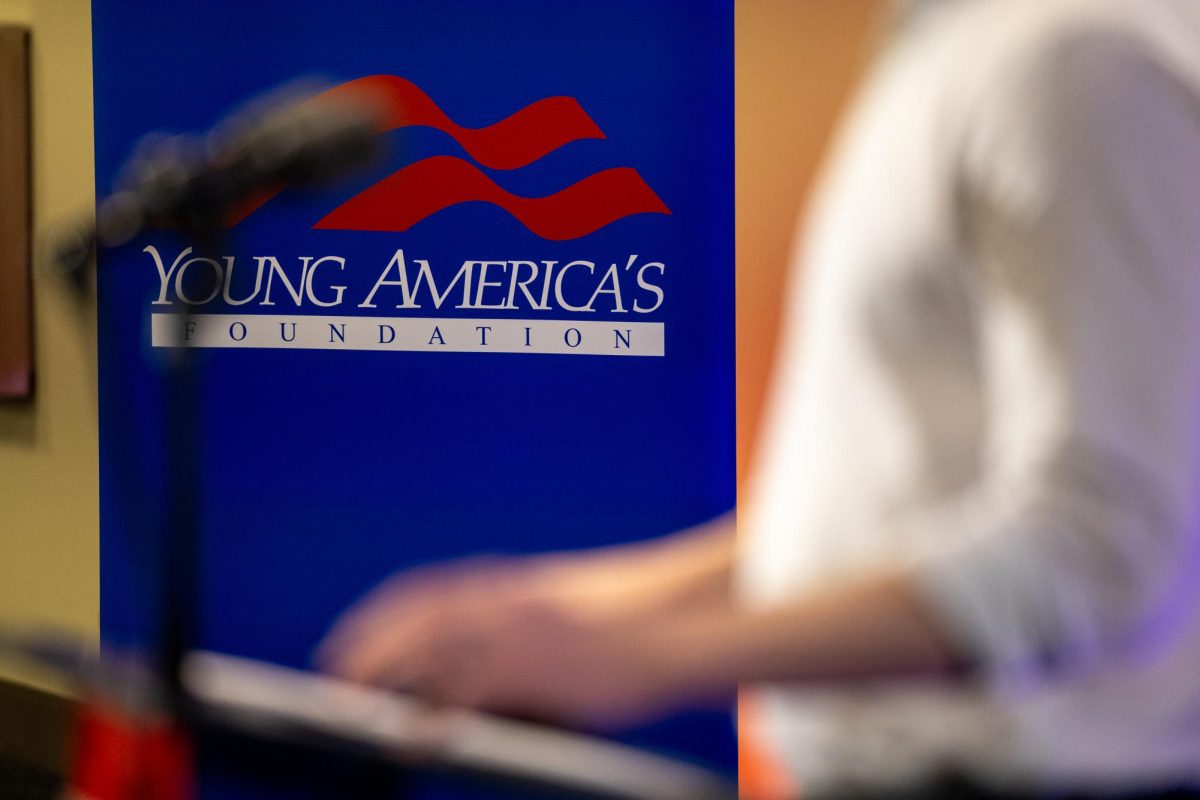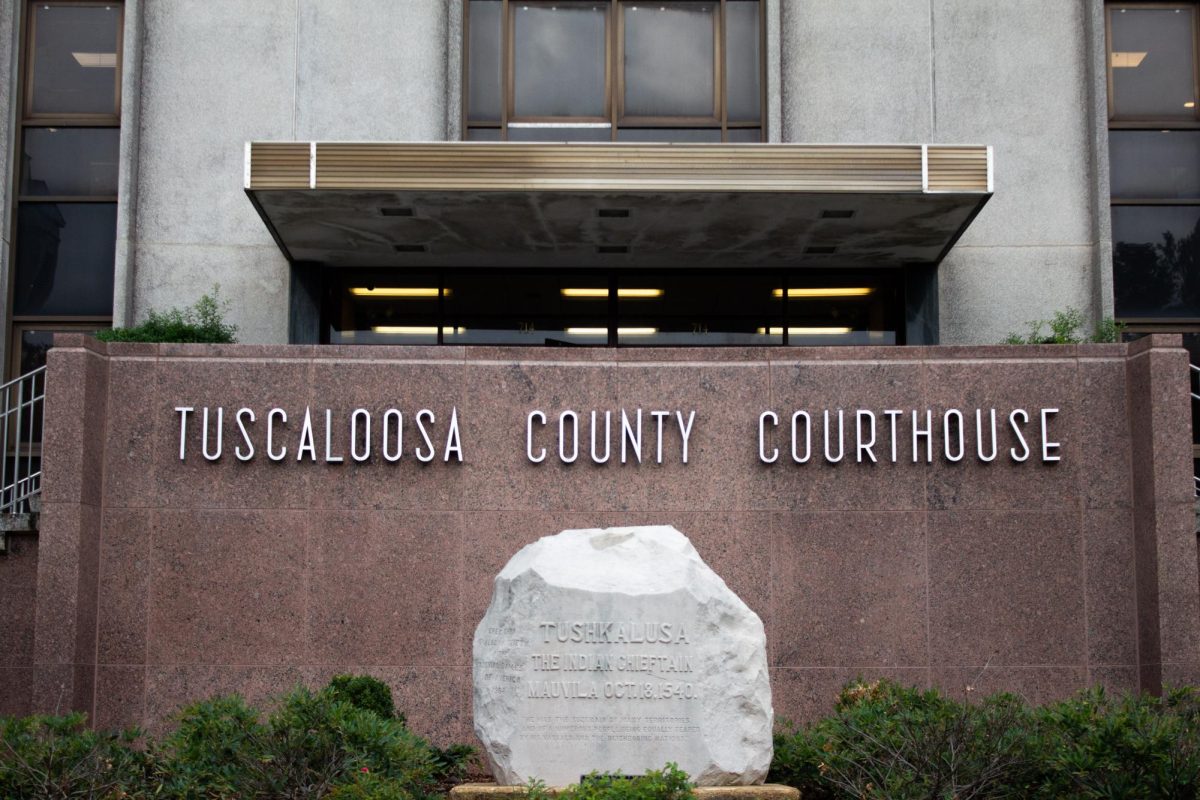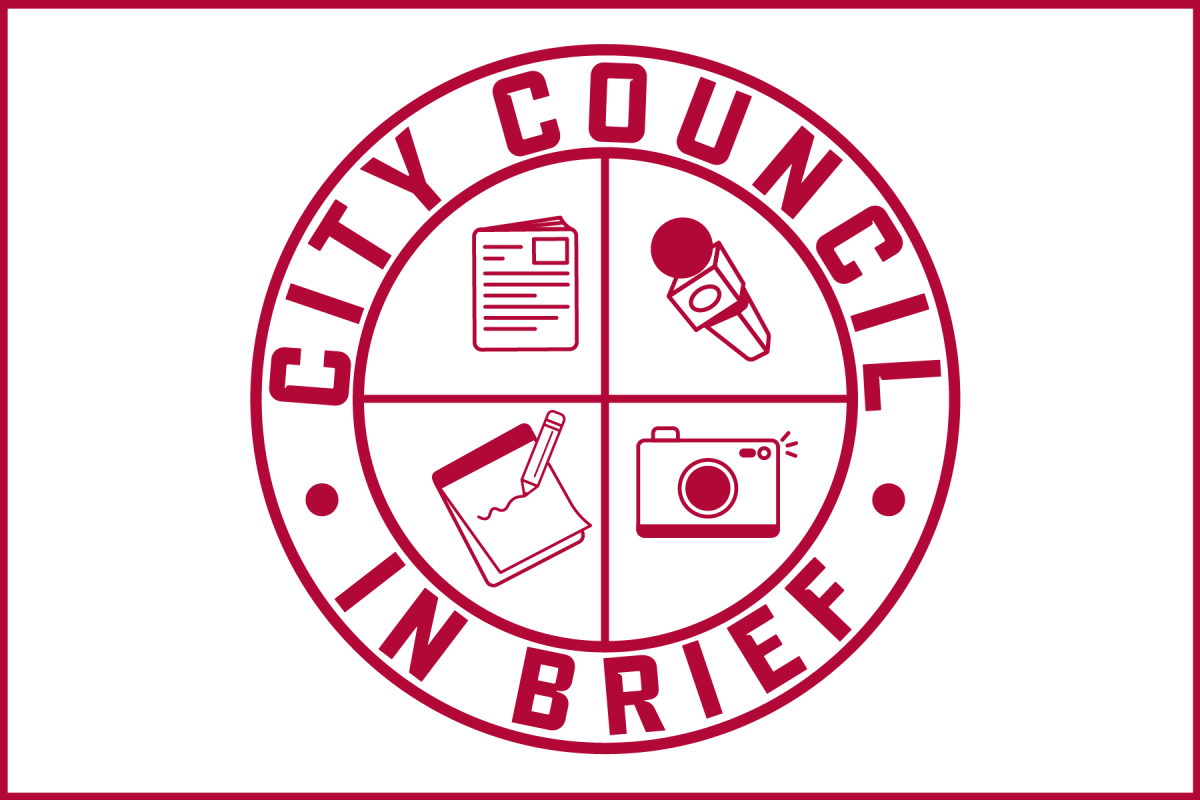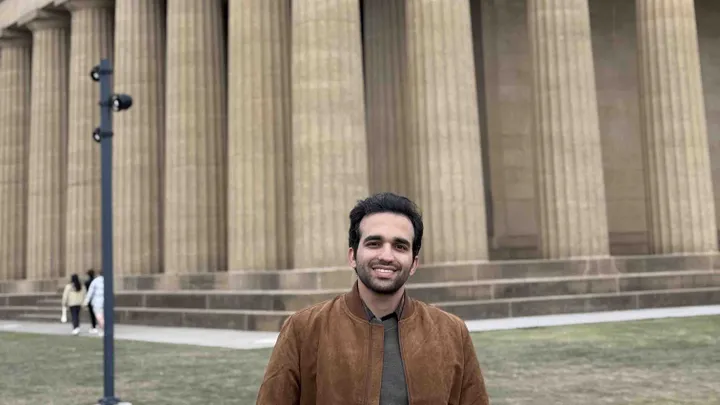The UA department of computer science has about 250 undergraduate students, but Jeff Gray, a professor in the department, said the department believes the number could be higher.
Gray said the mantra of the department is “Everyone should learn computer science.” Even though current enrollment doesn’t reflect the total population of the University, Gray said the department has seen impressive growth.
“Ten years ago, we only had 27 computer science students in the entire state,” he said.
Gray also works for the College Board and is involved with the Emerging Scholars program. He said high schools are starting to emphasize computer science since computer literacy is important in today’s workforce.
“Coding is only one piece of computer science,” Gray said. “So it is the important piece that allows you to be creative and express things.”
For Megan Wasserman, computer science is essential for understanding the constantly changing world around us.
“Computer science is showing up more and more in places that many people might not expect,” Wasserman said. “Almost anything that is done on a large scale today involves computer science, and that is only one example.”
Wasserman is a junior majoring in computer science, but this isn’t her third year at college. She has a master’s in math and secondary education, and she came back to the University to get a bachelor’s in computer science.
“I have had phenomenal professors so far and have built some really great relationships with a lot of my classmates,” Wasserman said. “Honestly it is really cool how helpful everyone is and the camaraderie that exists among the students in this program.”
Ethan Mines, a sophomore majoring in computer science, said his interest in coding started before college.
“It sounds kind of cheesy but there’s a TED Talk by an MIT professor Mitchell Resnick where he was saying more kids need to try out coding,” Mines said. “I think I saw that my freshman year of high school, but I said ‘Well I guess I’ll try and take his word for it.’ So I tried it and just loved it more and more.”
For Mines, computer science is like a puzzle where he has to think of his own solutions.
Mines said the UA computer science program has fostered personal connections with his professors and helped him flex his creative muscles. Working closely with other students and professors like Gray, who personally reached out to him while recruiting for the University, has been instrumental in Mines’ college experience.
Wasserman started programming last summer when she took CS100 at the University.
“It was a little intense for my first CS class, but a great experience overall,” Wasserman said.
One of the issues for students taking computer science is difficulties getting into certain upper-level classes, Mines said.
“It seems like they are improving in that direction because I know this past semester, some students are having issues getting into data structures and algorithms,” Mines said. “So they [the department] did create an additional section for them.”
Mines is currently working on research with Gray on improving neural machine translation. It is a form of computerized foreign language translation that uses artificial intelligence.
The idea for this research was inspired by Mines’ interest in languages and artificial intelligence. He also has a minor in Spanish.
“We work with Emerging Scholars and other projects where the students are working on things they have a passion for,” Gray said. “They take their interests in computing as a career and unite it with a hobby and something that drives an interest so they can bring those two together and see the fit.”
Four of Gray’s students recently developed two baseball apps called Pitch Analyzer and Hit Analyzer. The apps allow people to analyze pitch velocity and other statistics from an uploaded video. The team won best in show at the American Baseball Coaches Association trade show.
“The challenge is, if you look at industries, it’s a very much male-dominated field,” Gray said. “We’re trying to get more women involved.”
An event for high school girls interested in coding was hosted by the University on Saturday. Along with 600 guests participating in a robotics competition, 150 more people arrived for a banquet to honor young women in high school who are interested in coding.
The computer science department also aims to have minority students participate in the program.
“That’s the goal we have,” Gray said. “We call it Broadening Participation in Computing, BPC. So addressing issues of equity.”
From the League of Women Coders, the Game Developer and Artificial Intelligence Clubs, different student interests meet computer applications. Gray said these groups let students collaborate in a hands-on way instead of just working out of a book.



